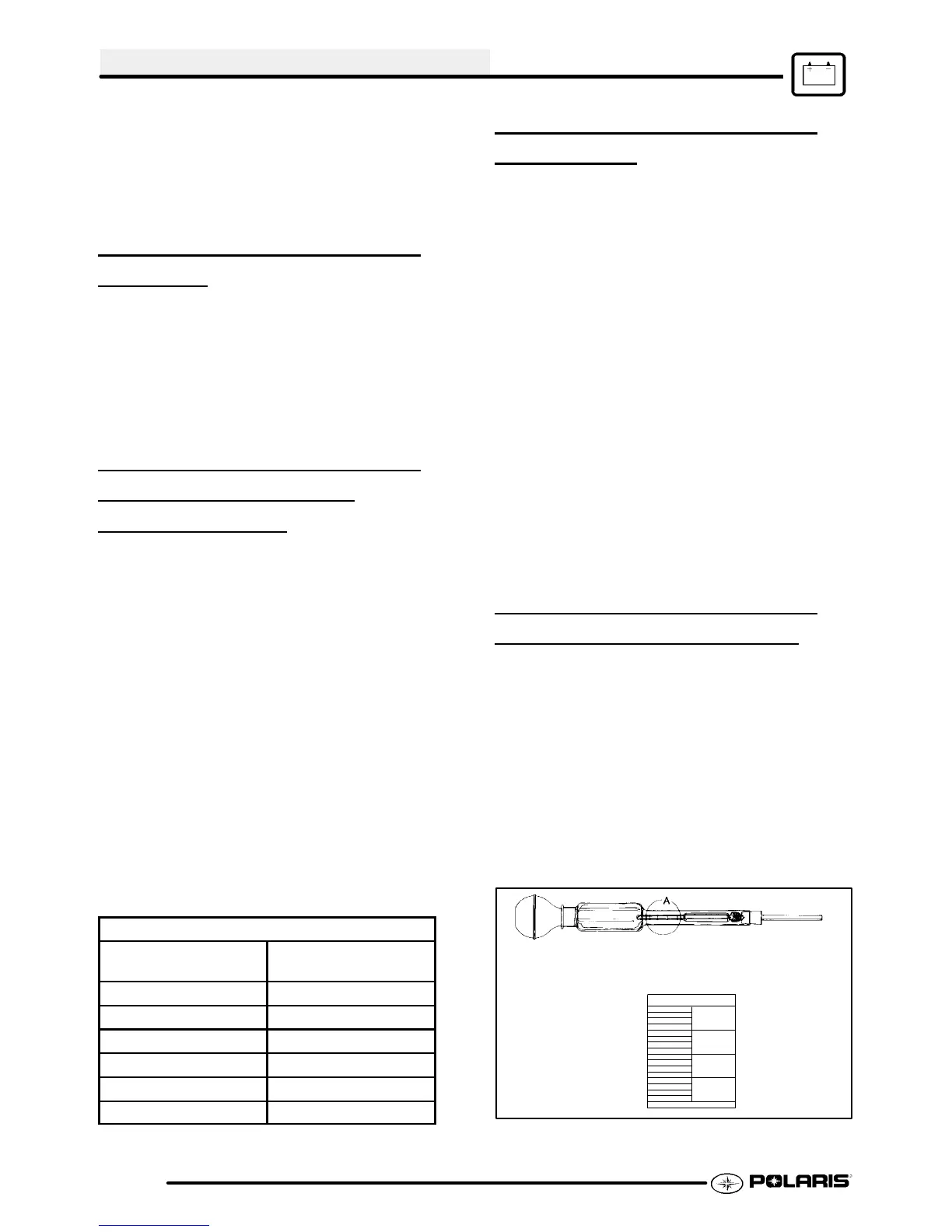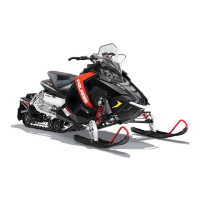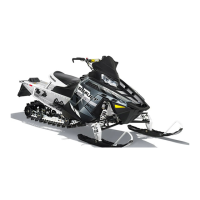ELECTRICAL
10.28
from frame and body to prevent contact with
electrolyte. Avoid skin contact with electrolyte, as
severeburnscouldresult. If electrolyte contactsthe
vehicle frame, corrosion will occur .
5. Reinstall the holder strap.
CONVENTIONAL BATTERY
TESTING
Whenever a service complaint is related to either the
starti ng or charging systems, the battery should be
checked first.
Followingarethreetestswhichcan easilybemadeon
a battery to determine its condition: OCV Test,
Specific Gravity Test and Load Test.
CONVENTIONAL BATTERY
OCV - OPEN
CIRCUIT
VOLTAGE
TEST
Battery voltage should be checked with a digital
multitester. Readings of 12.6 volts or less require
further battery testing and charging. See charts and
Load Test on below.
NOTE:Lead-acid batteries should be kept at or near
a full charge as possible. Electrolyte level should be
kept between the low and full marks. If the battery is
storedor used in a partially chargedcondition, or with
low electrolyte levels, hard crystal sulfation will form
on the plates, reducing the efficiency and service life
of the battery.
NOTE:Storedbatterieslosetheir charge at the rateof
up to 1% per day. Recharge to full capacity every 30
to 60 days during a non-use period. If the battery is
storedduringthewintermonths,electrolytewillfreeze
at higher temperatures as the battery discharges.
The chart below indicates freezing points by specific
gravity.
Electrolyte Freezing Points
Specific Gravity
of Electrolyte
Freezing
Point
1.265 -75° F
1.225 -35° F
1.200 -17° F
1.150 +5° F
1.100 +18° F
1.050 +27° F
CONVENTIONAL BATTERY
LOAD
TEST
CAUTION: To prevent shock or component
damage, remove spark plug high tension leads
and connect securely to engine ground before
proceeding.
NOTE: This test can only be performed on machines
with electric starters. This test cannot be performed
with an engine or starting system that is not working
properly.
Abatterymay indicate a fullchargeconditionin theOCV
test and the specific gravity test, but still may not have
the storage capacity necessary to properly function in
theelectricalsystem. For this reason, a batterycapacity
or load testshouldbe conducted whenever poor battery
performance is encountered. To perform this test, hook
a multitester to the battery in the same manner as was
done in the OCV test. The reading should be 12.6 volts
or greater. Engage the starter and observe the battery
voltage while cranking the engine. Continue the test for
15 seconds. During cranking the observed voltage
should not dropbelow 9.5 volts. If the beginningvoltage
is 12.6 volts or higher and the cranking voltage drops
below 9.5 volts during the test, replace the battery .
CONVENTIONAL BATTERY
SPECIFIC GRAVITY
TEST
A tool such as a Battery Hydrometer (PN 2870836)can
be used to measure electrolyte strength or specific
gravity. As the battery goes through the
charge/discharge cycle, the electrolyte goes from a
heavy (more acidic) state at full charge to a light (more
water) state when discharged. The hydrometer can
measure state of charge and differences between cells
in a multi-cell battery. Readings of 1.270 or greater
should be observed in a fully charged battery.
Differences of more than .025 between the lowest and
highest cell readings indicate a need to replace the
battery.
Detail A
1.10
1.15
1.20
1.25
1.30
Battery Hydrometer (PN 2870836)

